2023 Transition Relay Carbon X0 AXS PNW E-Bike
| Where To Buy | |||
|---|---|---|---|
Free shipping on orders over $50 (continental U.S. only).
International shipping available. Some exclusions apply. |
|||
Free shipping on orders over $50 (continental U.S. only).
International shipping available. Some exclusions apply. |
|||

During the past few years as a Vital editor, I've gotten pretty good at refraining from drinking the marketing Kool-Aid spilled throughout press releases. I rarely bite at claims of more-better-optimized-everything, but when Transition launched the Relay, they got my attention. Joining the ever-evolving lightweight e-bike category, its promise of two-bikes-in-one thanks to a small drive unit and easily removable battery was anything but status quo. You're telling me I only have to sell one organ to get a mountain bike and an e-bike? Where do I sign?
Fast forward through seven months of exploratory testing attempting to comprehend how the Relay fits into the SL space, and the results have been exciting, promising, and different than expected. There is a lot to unpack surrounding the proclaimed 'mountain bikers eMTB,' so let's get into it.
Highlights
- Carbon and alloy frame options
- Two travel configurations:
- 160mm rear wheel travel (air) // 160mm fork
- 170mm rear wheel travel (coil) // 170mm fork
- Mixed or dual 29" wheels
- GiddyUp suspension design
- 60Nm Fazua Ride 60 motor
- 430Wh battery
- 63.3/64-degree head tube angle
- Size-optimized chainstay length
- Internal cable routing
- Uninterrupted seat tube enables long droppers
- Threaded bottom bracket
- Boost 12x148mm rear spacing
- UDH equipped
- Sizes: XS-XXL
- 45.5 lbs / 20.64 kg (Size large, no pedals, including battery)
- 40.5 lbs / 18.37 kg (Size large, no pedals, excluding battery)
- Six build options
- MSRP: $6,799 - $12,499 USD
Strengths |
Weaknesses |
|
|

Transition's decision to look at the SL category through the lens of modularity versus the lowest achievable weight is refreshing and exciting. The Relay is still light in the big picture of e-mountain bikes, with builds as low as 42 pounds, but it's one of the first e-bikes you're supposed to ride without assistance if you please. Transition achieved this duality via Fazua's compact yet powerful Ride 60 motor and a 430 watt-hour battery. Removing the battery drops five pounds (2.3 kg) from the bike, while the motor adds almost no drag when pedaling. Fazua doesn't provide any fancy metrics surrounding the motor's efficiency, but I haven't noticed any extra resistance. It's definitely smoother and more efficient than any bike I've pedaled with an idler-pulley.


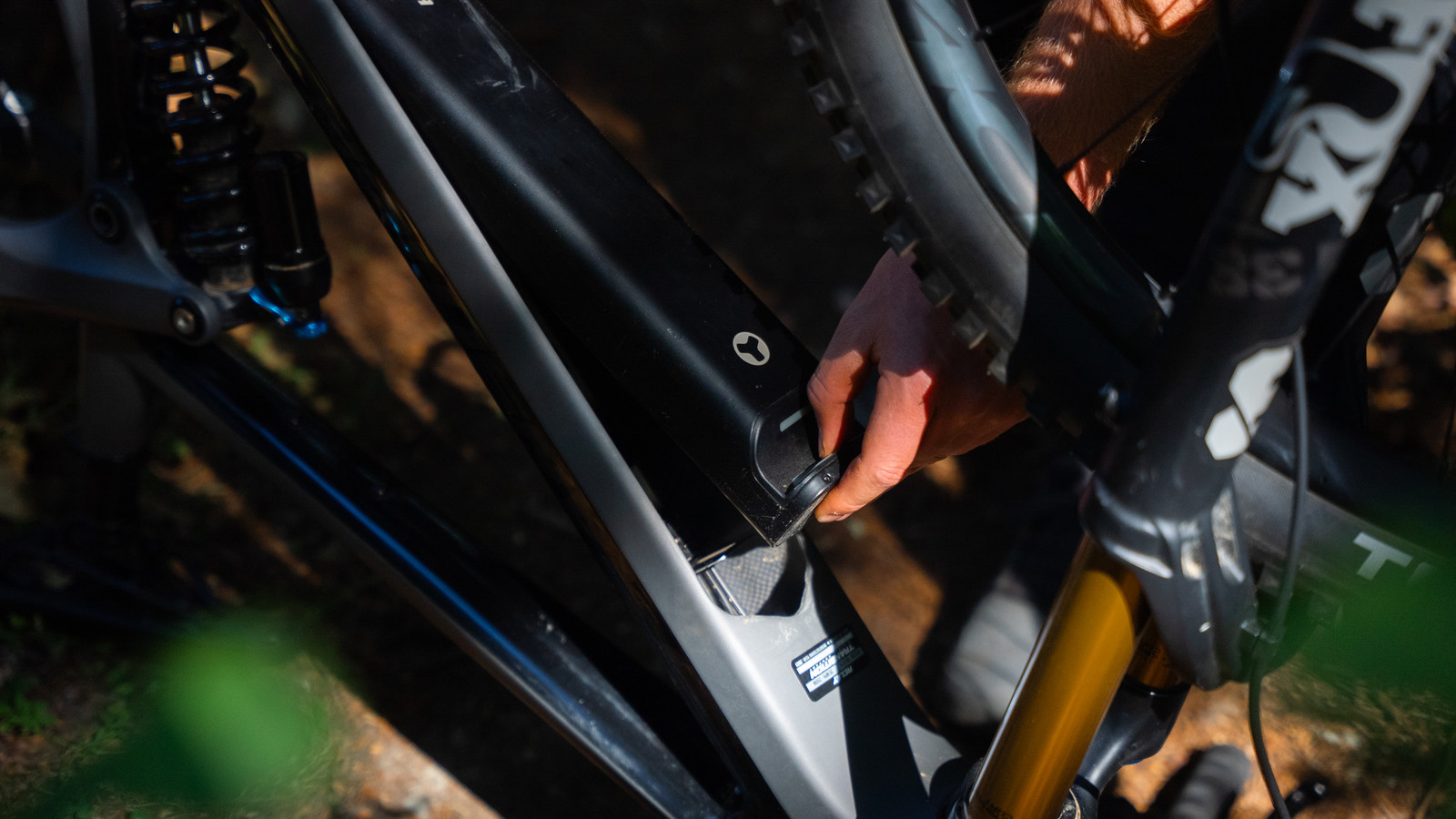
The Relay is one of the longest-travel and most descent-focused bikes in the SL category. While it's tempting to compare it to bikes like Specialized's Levo SL or Santa Cruz's Heckler SL, it's a different beast. With either 160 or 170mm of front and rear travel, the Relay is a more aggressive bike. No questions asked. It's also heavier and more focused on descending performance. But that's okay—feed it some high-speed, adrenaline-filled trails, and get ready for one hell of a ride.

The ability to ride with or without assistance introduces a few cool opportunities. The obvious upside is receiving two bikes for the price of one. With many riders still wary of buying an eMTB, the Relay offers an economical way to try assisted riding while still receiving a regular mountain bike experience. Or for riders like myself who don't need to be sold on the perks of e-biking, the Relay offers new ways to implement assisted riding. The ease of removing the battery makes it possible to climb with power and stash the battery in a backpack descending. Or, you can ride until your legs are tired and then toss in the battery for some extra credit laps.
The final upside to the Relay's modularity is increased trail access compared to a dedicated e-bike—simply pop the battery out when riding trails that aren't e-legal. Just get ready to defend yourself on the trail against strong-headed rule followers who still think you're on an e-bike.
Geometry
The Relay rocks geometry that blurs the line between all-mountain and enduro. The head angle is 64 degrees, which is a tad modest for a long travel bike, but the effective seat angle is steep, the stack is tall, and the wheelbase is appropriately long across all sizes. This all adds up to a more rearward and 'in the bike' body position descending, with a casual and comfortable position when seated.

Chain stay lengths grow as you move up in frame size, but the front-to-rear balance is still best optimized around medium, large, and X-large frames. Finally, a flip chip in the lower shock mount preserves the geometry when switching between a mixed or dual 29-inch wheel setup.
Suspension Design
It wouldn't be a Transition without their four-bar, horst-link 'GiddyUp' suspension design. Replicated for years and refined to complement each new model, Transition's bikes have a distinct ride quality that has garnered a cult-like following. The Relay uses an e-specific kinematic of this design, with nearly 26% progression to deliver balanced support, control, sensitivity, and traction. Recommended sag is relatively high and broad at 28-34% but should allow riders to adjust their shock setup to match their riding style.
Fazua Ride 60 Details | High Powa, Low Weight
The Fazua Ride 60 drive unit is one of the hottest motors on the market because it packs a lot of power into a 4.3 lbs (1.96 kg) package. While not a ton of weight, its low placement in the frame gives the Relay that planted, stable feeling that many associate with e-bikes. A sensation that remains when ridden as a mountain bike.

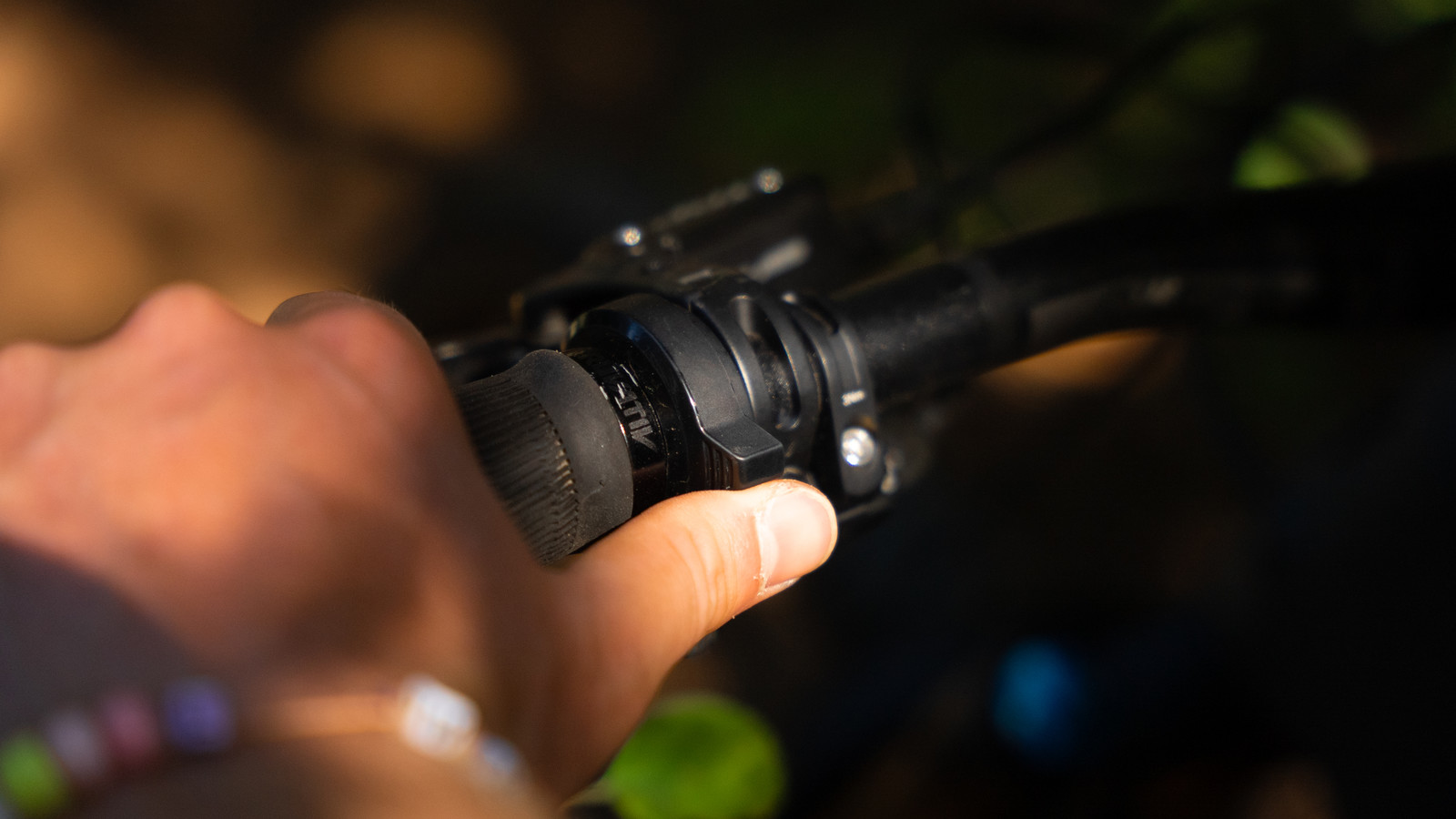
The Ride 60 system has three assist modes: Breeze (Green), River (Blue), and Rocket (Pink). Changing between modes is done via Fazua's bar-mounted Ring controller, and a top tube integrated display consisting of five lights indicates the current assist mode and battery life. Transition put a lot of time into developing the factory setting of each assist level, but you can still jump into the Ride 60 App to create new 'riding profiles.' There, you can adjust each mode's ramp-up, max power, and rider input threshold. You can also update firmware, record rides, get support, and check your battery life as a percent instead of bars on the top tube.
Build Kits
You've got two decisions to make when picking a Relay—carbon or alloy, and 160 or 170mm of travel. Transition refers to the longer travel options as their PNW builds, and they come with mixed wheels, a coil shock instead of air, and a FOX 38 fork instead of a 36. The burlier suspension makes the PNW builds a few pounds heavier but elevates the send-ability of the Relay into downhill bike territory. I tested a large carbon XO AXS PNW build, which weighed 45.5 lbs with the battery installed and 40.5 lbs without. For comparison, Transition lists the Carbon GX AXS Build as 43.3 lbs as an e-bike or 38.3 lbs as a regular mountain bike (size medium). Builds range from $6,799 to $12,499, but like most brands, Transition has been periodically running sales, and their website will have the most accurate, up-to-date pricing.

Regardless of which build you pick, the frames are the same, and each travel amount and wheel configuration are possible with the corresponding shock size and flip chip position.
On The Trail
I put the Relay in the dirt way back in July, and its existence in my quiver has evolved over time. It was initially my bike park bike during Crankworx Whistler; then it was my daily enduro bike for a while; when the clocks changed and the days grew shorter, it was my e-bike for quick after-work rides; and now that we are in the thick of a wet SoCal winter, it's been a useful tool for trail building. The Relay's versatility has been its most striking attribute, but that doesn't mean I've enjoyed each on-trail experience equally—more on that below.

When I first set up the bike, I wondered if the weight difference with the battery installed or removed would cause my suspension to change, but I never noticed a difference. I've always found Transition's GiddyUp suspension design easy to get along with, and the Relay was no different. It was consistent and predictable, remaining active and responsive throughout its travel, with enough hold-up during high-rate compressions to facilitate aggressive riding. Even though Transition suggests up to 34% sag, I settled on 30% to keep the bike from feeling too squatted in its travel. I also ran less rebound damping to give the suspension a bit more pep in its step to counter the weight and size of the bike.
I did try both wheel configurations, and surprisingly, I preferred the mixed setup. At six feet tall and with a 32-inch inseam, I rarely buzz my butt on 29-inch rear wheels, and I generally like the consistent feel of dual-wagon wheels. But on the Relay, the smaller rear wheel livened up the bike and allowed the back end to tuck in better around tight corners, providing a more consistent cornering experience. The dual 29-inch setup was easier to ride fast, but it also dulled trails and lowered the bike's fun factor.
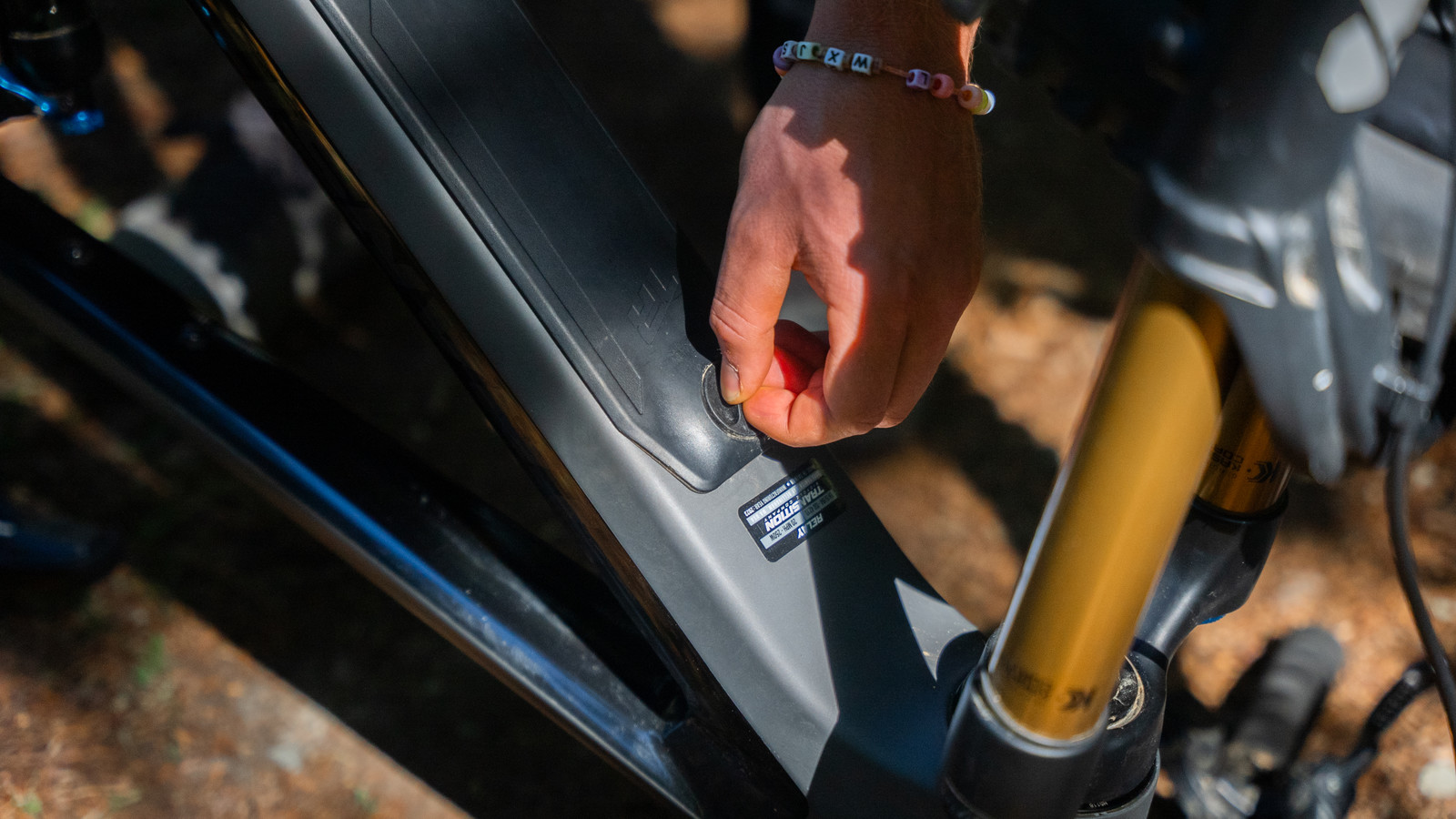
Hammering on the Relay for nearly seven months offered plenty of time for any weird corks to surface. Besides some scuffs and scraps in the paint and typical component wear, the bike has remained in good shape with no impending red flags. Motor performance has remained consistent with no new noises surfacing; the ring controller is still functioning smoothly; all pivot bearings are showing signs of a good time, but none are near the end of their life, and I haven't had any bolts come loose. I've only had two issues with the bike, the first being twisting the latch to remove the battery cover, which has become increasingly difficult. Some triflow worked as a temporary remedy, but it'd be nice to see the design updated to a quicker, smoother operating latch.

The second issue has been the noises the bike produces due to the large opening in the downtube that causes vibrations to resonate through the frame. It's a unique sound that isn't as harsh as cable rattle but rather a hollow thud from impacts being sent through the frame. The noise was louder with the battery removed, and the battery cover itself added to the problem due to its loose fitment in the frame, allowing for some side-to-side rattling. I stuffed foam around the bottom bracket where excess cables were bundled, which helped alleviate some of the noise. You could go a step further and try lining the inside of the down tube with some noise-canceling material, but it will be hard to fully silence the Relay due to the size of the battery opening.
Since the Relay has two distinct personalities, I'll break down each before comparing those experiences.
Relay As a Mountain Bike
The best way to describe riding the Relay sans-battery is to look at the numbers and ask yourself: how would a 40-pound bike with 170mm travel ride? The answer is large and in charge, which has its pros and cons. The obvious benefit of piloting a heavy, long-travel bike is that you'll be hard-pressed to find terrain that phases the Relay. The low, centralized weight from the motor and burly component spec of our PNW build meant that composure and stability were a constant. I loved being able to charge into really ugly sections, knowing that if I didn't pick the best line, the odds of hitting something that would cause a catastrophic error were unlikely. Drop your heels, keep the bars straight, and let the Relay eat!
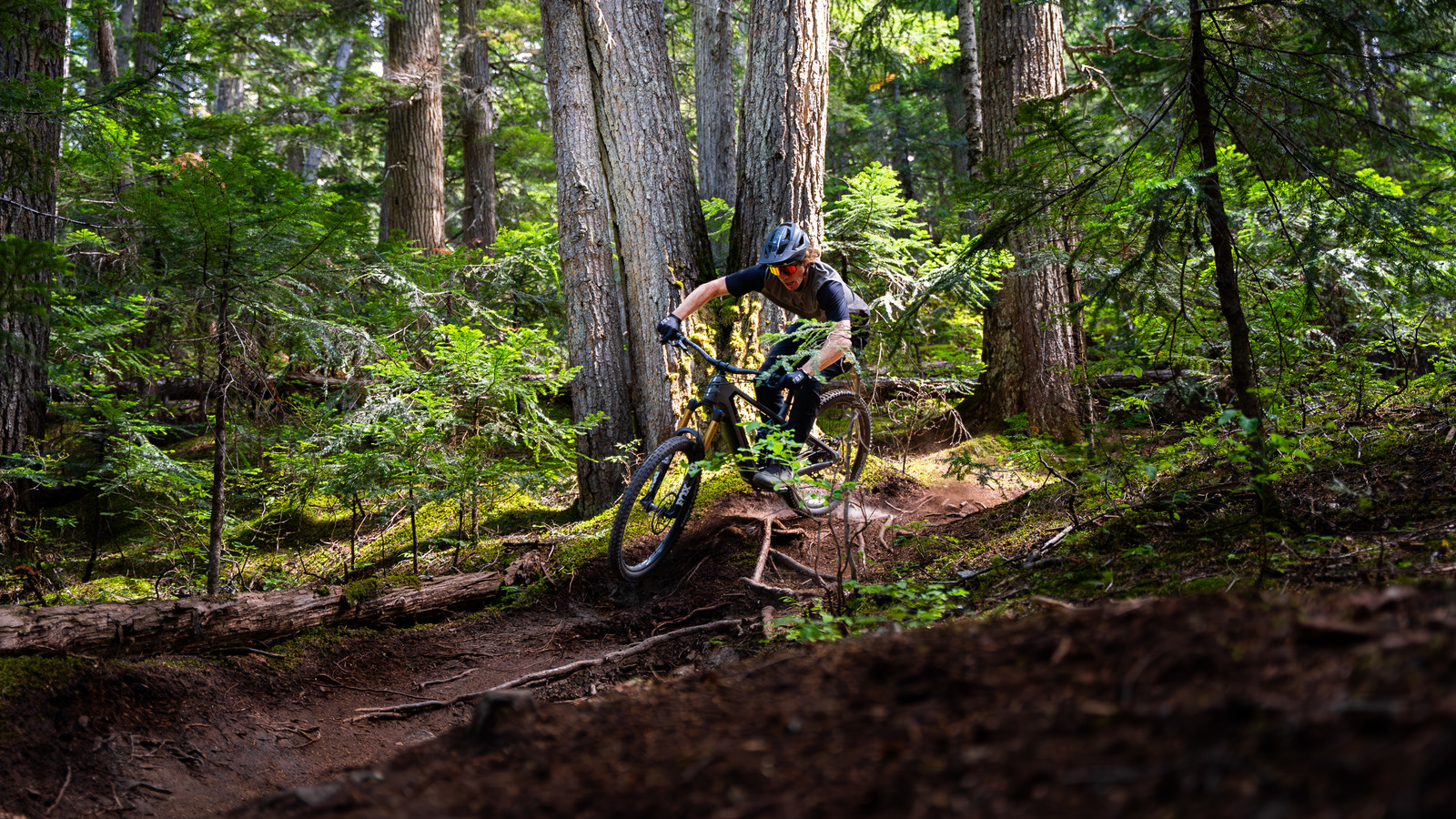
The downside to riding a bike that doesn't easily leave the ground is it can be less engaging to ride or require more work to place where you please. Flow trails were not my first choice as I struggled to influence the bike like I would a typical enduro bike. I often feel asleep at the wheel on smoother trails, wishing I was on a lighter bike. With that said, riders looking to take on new or bigger jumps will likely benefit from the calm, slow responsiveness of the Relay. The same goes for pushing your limits on technical or fast trails, as the bike's stability can elevate confidence.
Through rough sections that required a lot of pumping and bunny hopping to miss holes or catch sneaky high lines, the Relay was considerably more tiring to ride. I could still make the bike respond how I wanted most of the time, but holy hell, I had some arm pump at the bottom of trails. Unfortunately, less experienced riders may find the hold-on-and-plow sensation less predictable and harder to control. It's all about using the stability and size of the bike tactically to ride sections that challenge your abilities rather than letting the bike ride you.

The million-dollar question surrounding the Relay: can you actually pedal it without assistance? Of course, but it requires more effort than your typical mountain bike. The PNW build I tested weighed more than any mountain bike I've pedaled uphill in the last ten years, including a few SL e-bikes. It was doable, but my speed and energy were heavily taxed. Climbs with a consistent grade and minimal technical moves were the most pleasant. Anytime I took on moderately tricky climbs with more undulation and high-watt moves, I was gifted an immediate heart rate spike.
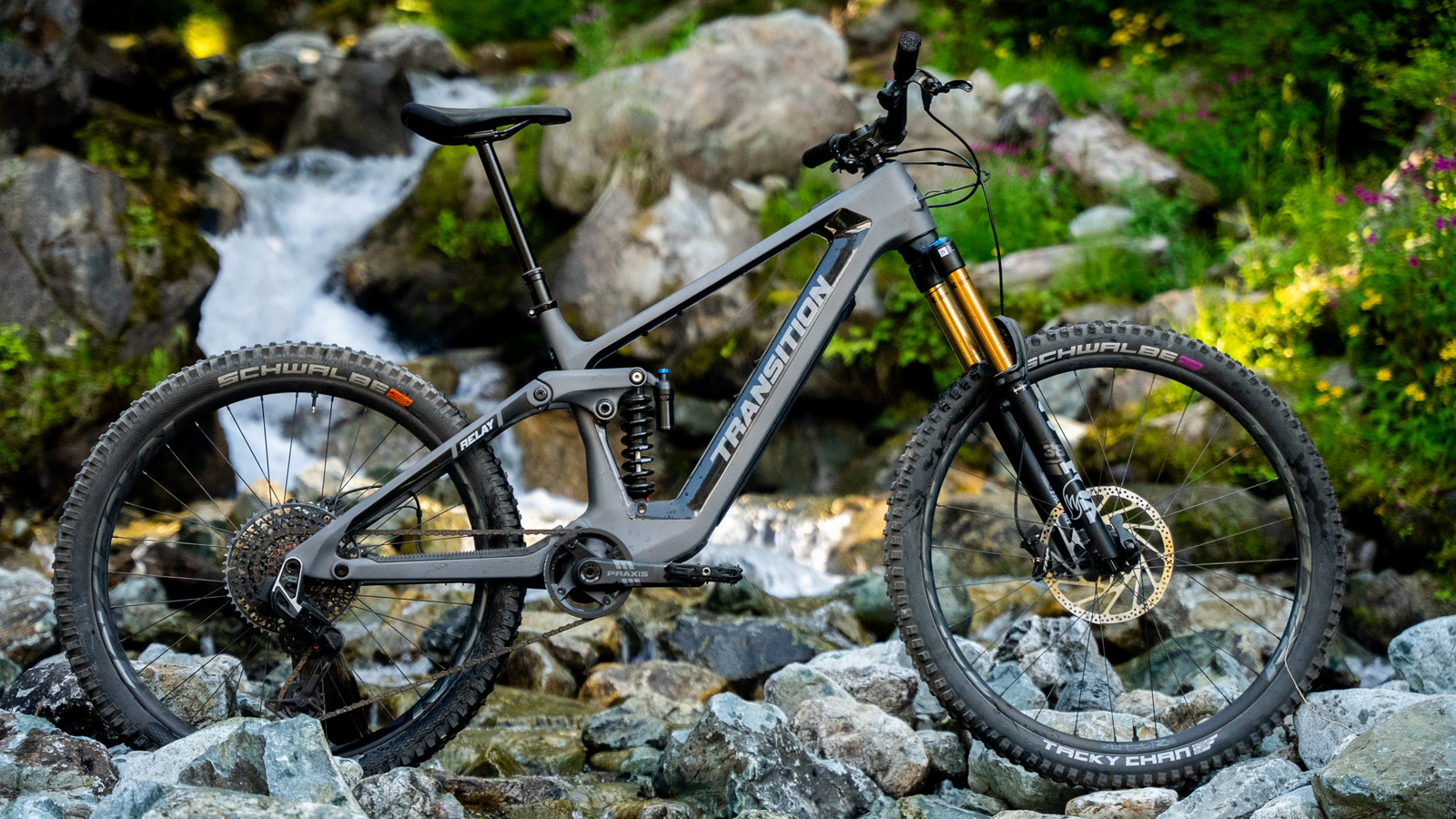
You could create a lighter Relay (Transition's lightest build is ~37 pounds) and improve its climbing performance. However, even if you whipped up a 36 pound bike, that won't change the fact that you're climbing on a 160 or 170mm travel bike with a relaxed, upright pedaling position. The two-bikes-in-one promise was not lost because unassisted climbing was less enjoyable than anticipated. But the Relay's abilities as a mountain bike are anchored within the confines of how you'd ride a heavy enduro bike.
Relay As an E-Bike
Riding the Relay as an e-bike wasn't much different than riding it as a mountain bike, which was fantastic. The five-pound penalty from the battery simply amplified its stability and composure, with the only downside being a further decrease in responsiveness. The key was getting the bike up to speed and riding trails with high average speeds. Once trails became flatter or required more input to keep moving, the Relay would start to feel bogged down compared to its analog self. Having a motor helped in most situations, but tossing in a few pedal strokes wasn't always possible. Overall, I could toggle between each configuration without adjusting my riding style or line choice. The key is that you are riding an e-bike that can be used as a regular bike, not the other way around. So, as an e-bike, it performed better across the board thanks to the motor doing much of the work on climbs.

Getting into e-performance, the Ride 60 motor had a smooth, slow wind-up of power that didn't require any unique pedaling techniques to stay within its powerband. There were no twitchy first pedal strokes or cadence-dependent assistance, just an intuitive entry of power that faded into the background on climbs. The motor does have an impressive little hum for only pumping out 60Nm of torque. The noise never bothered me, but riding next to other motors highlighted its louder-than-average whine.

I know a lot of riders just look at max watts and fail to understand why you'd ever buy an SL over a full-size e-bike, and that lack of understanding should be your sign that a bike like the Relay isn't for you. But the reality is that Fazua's motor produces plenty of kick to get you up most climbs, and the added control descending is worth the slower average speed.
As the bike arrived, I found Breeze (lowest mode) too weak and the rider power threshold too low. River (middle mode) was my favorite and most usable mode, as it had a high max power and rider power threshold. This meant that if I was cruising, it would deliver enough power to push me along but would ramp up assistance when I was really getting after it. I did have to pedal harder and faster than I naturally would, but I enjoyed the workout and intensity it gave mediocre climbs. Rocket (highest mode) offered a nice little oomph of added power when needed but wasn't drastically faster than the other two settings. This made it perfect for the most dire climbs that required all hands on deck to make.


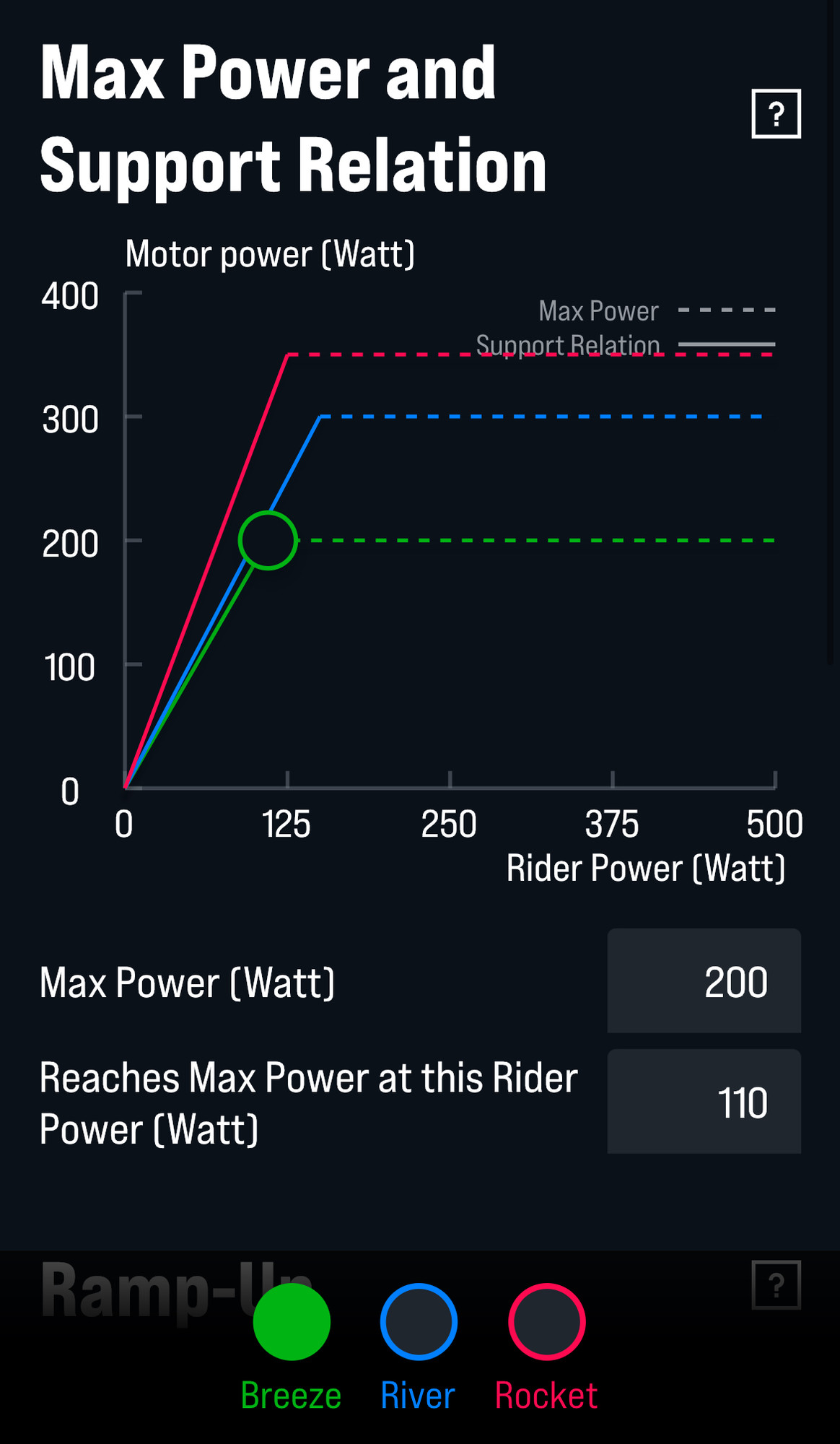

I created a new Riding Profile that bumped up the power of Breeze and River to shorten the gap between all three modes. I also increased the Ramp-Up acceleration and lowered the rider-watt of all modes so that power would hit quicker with less input. I called this my 'greedy' setup because it delivered more power faster. While this didn't help conserve battery, it did allow me to ride in River for 80% of my rides and not have to think about switching modes. Breeze was still there for mellow climbs or warming up during the beginning of a ride, while Rocket remained a fail-safe for the steepest sections. Speaking of range, even though it is subject to many factors, I was impressed by the ground I could cover on the Relay. A less powerful motor attached to a lighter bike definitely equates to a range that's closer to a full-power, big-battery e-bike than you'd assume.

The only thing I didn't like about the Ride 60 package was the Ring Controller. Twisting my thumb to flick the controller in either direction never felt natural, and the controller lacked a tactic 'click' to signify a change had been made. I resorted to glancing at the top tube to see if the color on the display had changed. I'd like to see a button-style assist switch used in the future, but that's just me and my left thumb's opinion.
Relay vs. e-Relay
With marginal differences separating the Relay's two configurations on descents, the increased climbing performance of the e-Relay gives it the easy win in my book. Giving up some responsiveness and maneuverability descending is well worth being able to enjoy climbs and ride more. I'd still take the battery out when shuttling, riding a bike park, or riding trails with friends who aren't on e-bikes. But otherwise, the Relay needs its motor to overcome its size and weight (at least in the PNW build I tested).
Out of curiosity, I rode the Relay with and without assistance on the same loop, in Rocket mode, at the same rider input to see how my times would compare. Without assistance, I averaged 6.9 mph and completed the 4.36-mile loop with 940 feet of climbing in 37:40; with assistance, I averaged 11.7 mph and completed the loop in 22:05. I did an extra credit lap on a Yeti 160e and averaged 13.6 mph and completed the loop in 18:54. Take those stats as you will, the main take away for me was that my times on the descents were within a few seconds on both Relay laps and my climbing speed on the e-bike laps were a lot closer than I expected.

What's The Bottom Line?
The Relay delivers on the promise of being two-bikes-in-one but offers the best all-around performance as an e-bike. Even with its battery removed, it's still a heavy bike, and when you tack on its relaxed geometry and long travel, pedaling the Relay without assistance becomes less appealing. That's not to say it can't be done, but the effort required to get the bike uphill can outweigh the slight gains in descending performance. Creating a lighter build than we tested would narrow the performance gap on climbs and, for strong riders, could equalize the abilities of both Relay configurations. But for most riders, the way you'll experience the Relay is best summed up as riding a limitless enduro bike that happens to have a motor to help you arrive at the top of more descents.
For more information on the Relay, please visit transitionbikes.com
Vital MTB Rating
- Climbing: 4
- Descending: 5
- Fun Factor: 3.5
- Value: 4
- Overall Impression: 4.125
View key specs, compare e-bikes, and rate the Transition Relay in the Vital MTB Product Guide.
Reviewed by: Jason Schroeder - Age: 29 // Years Riding MTB: 18 // Height: 6' (1.8m) // Weight: 180-pounds (79.3kg)
A once-upon-a-time World Cup downhill racer turned desk jockey, Jason has spent years within the bicycle industry from both sides of the tape. A fan of all-day adventures in the saddle or flowing around a bowl at the skatepark, he doesn't discriminate from any form of two-wheeled riding. A SoCal native who doesn't spend too much time in any single place, you can find Jason camped out in his van most weekends somewhere on the West Coast.
1 member reviews
"7.5 rear is awesome easy to manual and flickable, so fun so light.
People miss the point of the bike, and its battery its lightweight if you want to go for an all day spin or laps you can bring or stash a battery.
Another good point if the battery dies, it rides like a normal bike. Try riding your normal ebike up a hill when the battery dies.
Its an awesome bike, the ability to switch the lightweight battery out is the way to go. Speciallized has a battery extener for their bikes which is silly because then you have to carry all that weight.
Laps on your favourite trails are awesome, just buy another battery.
Geo is great and proper sizing too an xxl is actuall xxl.
coil rear, fox up front is buttery smooth win win!
0 comments
Post a reply to: Finally a proper Battery powered bike for gnarly trails
Specifications
Spring rates: 350lbs (XS/SM), 400lbs (MD), 450lbs (LG), 500lbs (XL), 550lbs (XXL)
Length: 160mm (XS), 165mm (SM-XXL)
Rear: Schwalbe Big Betty, Super Trail casing, Soft compound, 2.4"
Drop: 120mm (XS), 150mm (SM), 180mm (MD), 210mm (LG-XXL)
• XS has 27.5" wheels; SM-XXL have mixed ("Mullet") wheels: 29" front, 27.5" rear
• Compatible with 29" front/rear setups via flip chip at lower shock mount
• Rear travel can be decreased to 160mm with shorter-stroke (60mm) shock
• Can be ridden with or without battery installed
• Internal cable routing
• Compatible with SRAM UDH (Universal Derailleur Hanger)
• Power settings customizable via Fazua Ride60 Mobile App
• Includes Fazua battery charger
• Includes SRAM AXS Powerpack battery charger
• Includes tubeless valves and sealant
| Where To Buy | |||
|---|---|---|---|
Free shipping on orders over $50 (continental U.S. only).
International shipping available. Some exclusions apply. |
|||
Free shipping on orders over $50 (continental U.S. only).
International shipping available. Some exclusions apply. |
|||


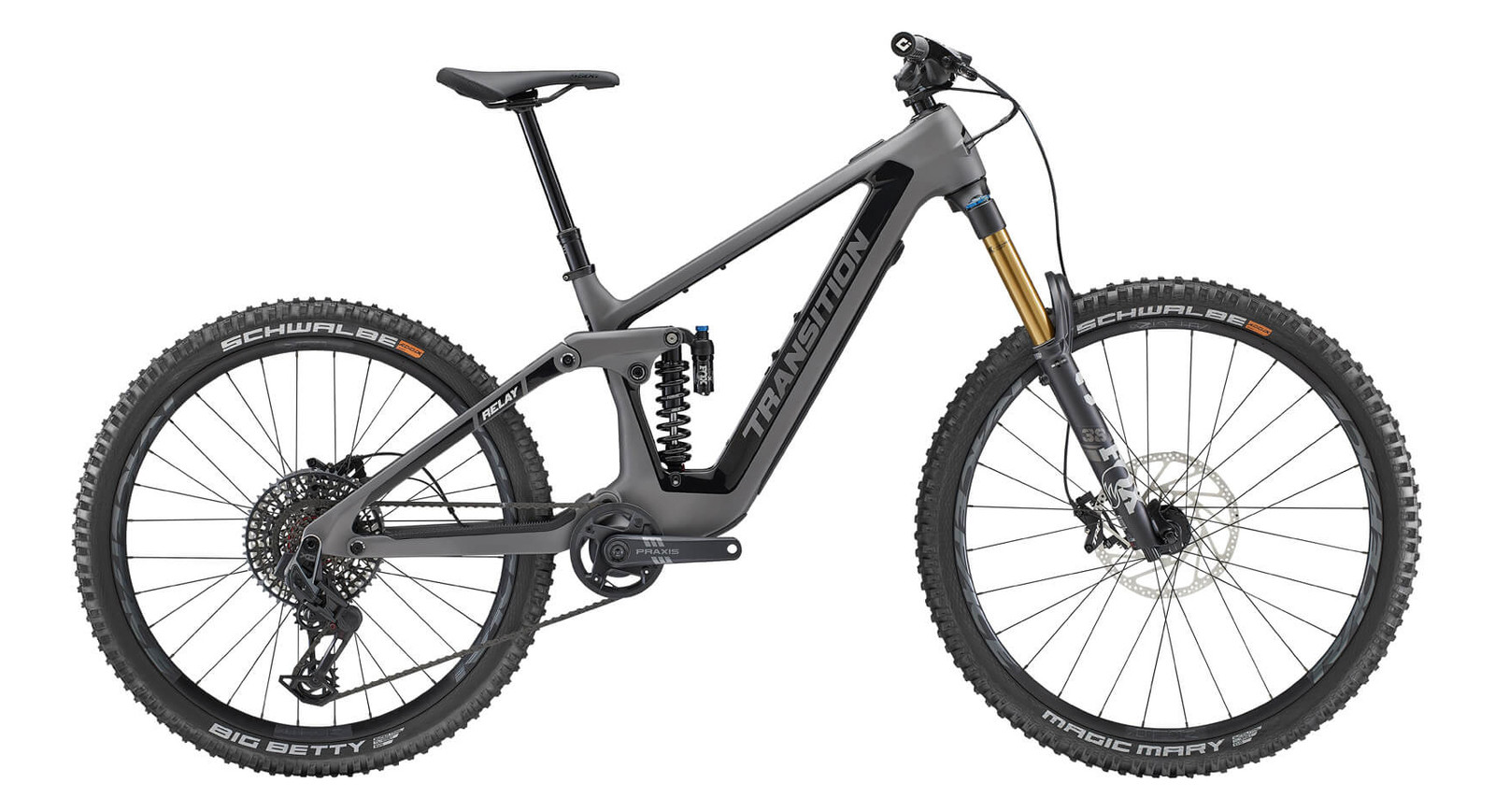







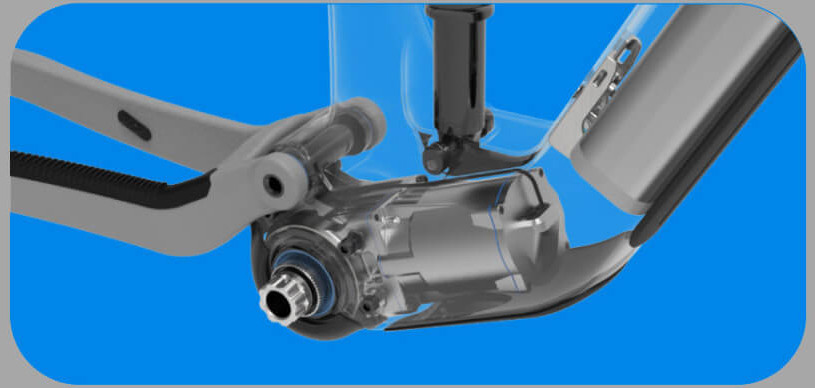
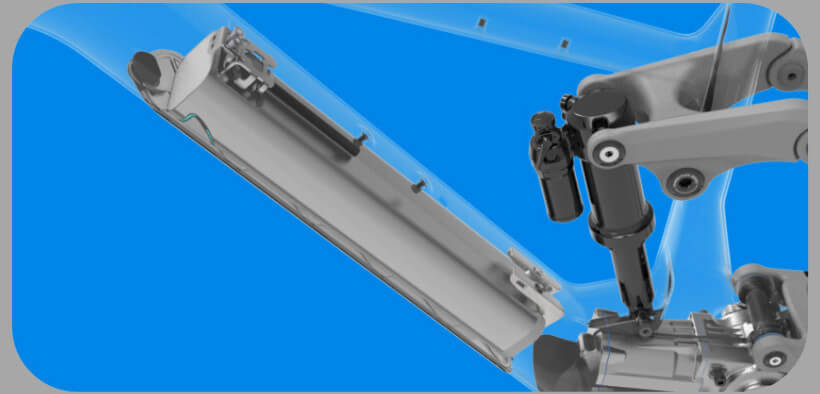

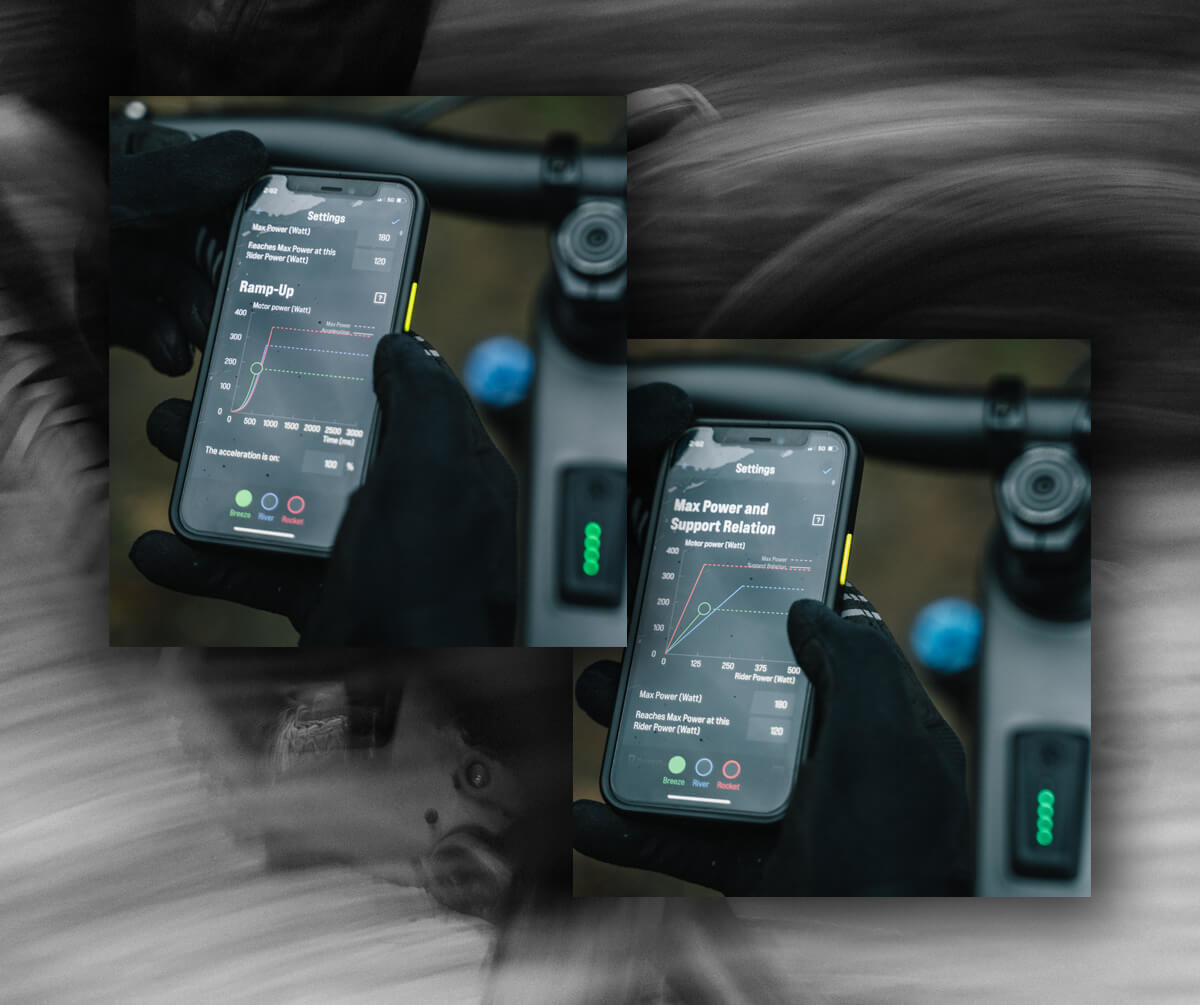




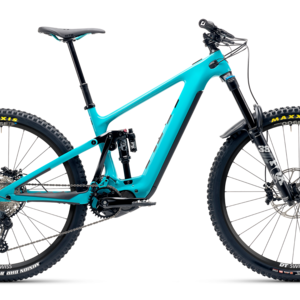
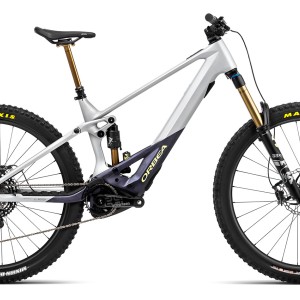


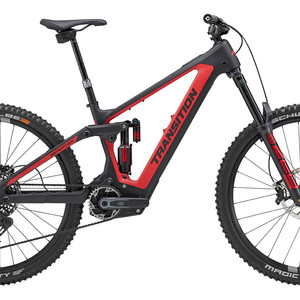
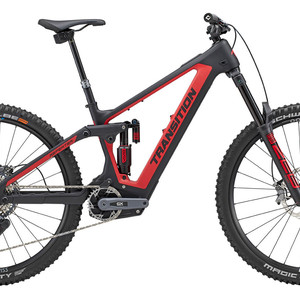








15 comments
Post a reply to: Two Bikes for the Price of One? | Transition Relay Long-Term Rev